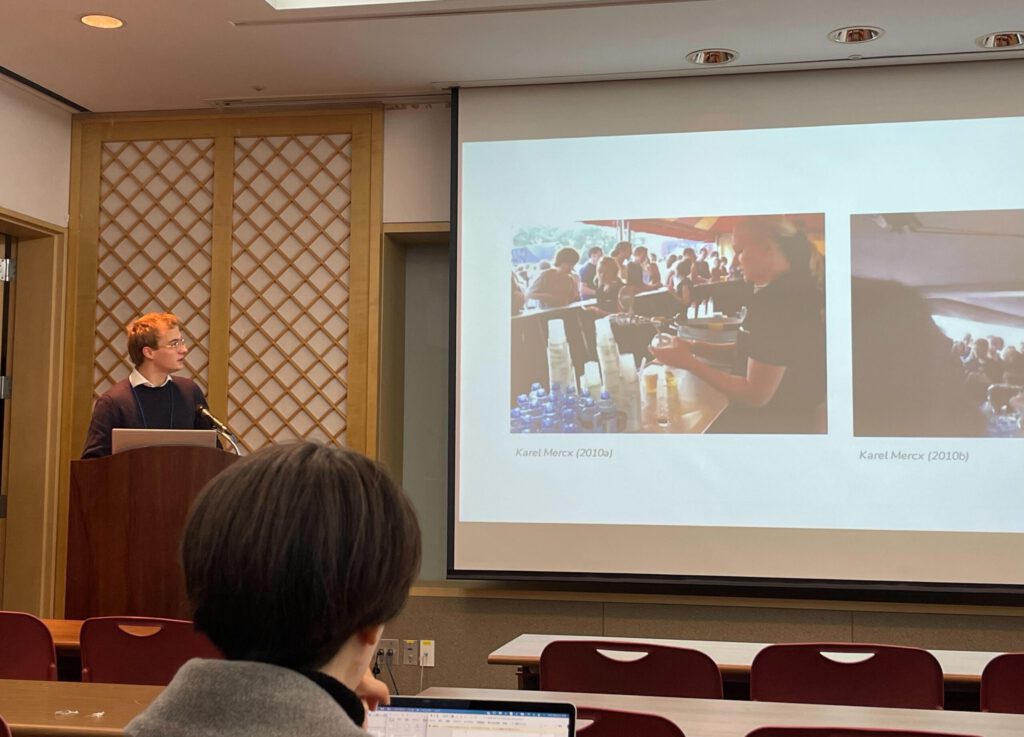
FairQ
Project
The redesigned Okki Nokki is a compact, automated record cleaning machine that preserves vinyl with the care it deserves—intuitive, trustworthy, and easy to use. Users simply place the record, press the lid, and the machine handles the rest: wetting, brushing, vacuuming, and drying, with subtle LED feedback guiding the process. Designed to be more appealing to a younger generation of vinyl enthusiasts, the product is lighter, more compact, and easier to handle then the original Okki Nokki. It offers professional-level cleaning in a smaller, more affordable form, while enhancing automation, user experience, and visual appeal.
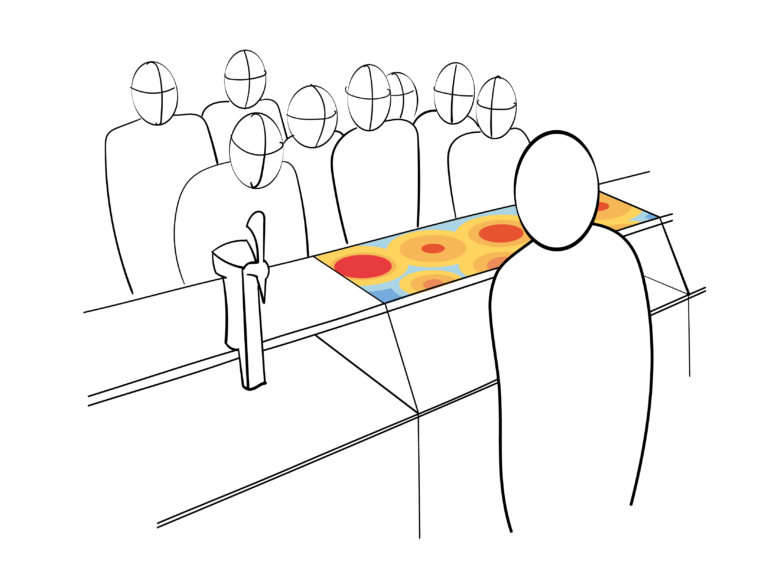
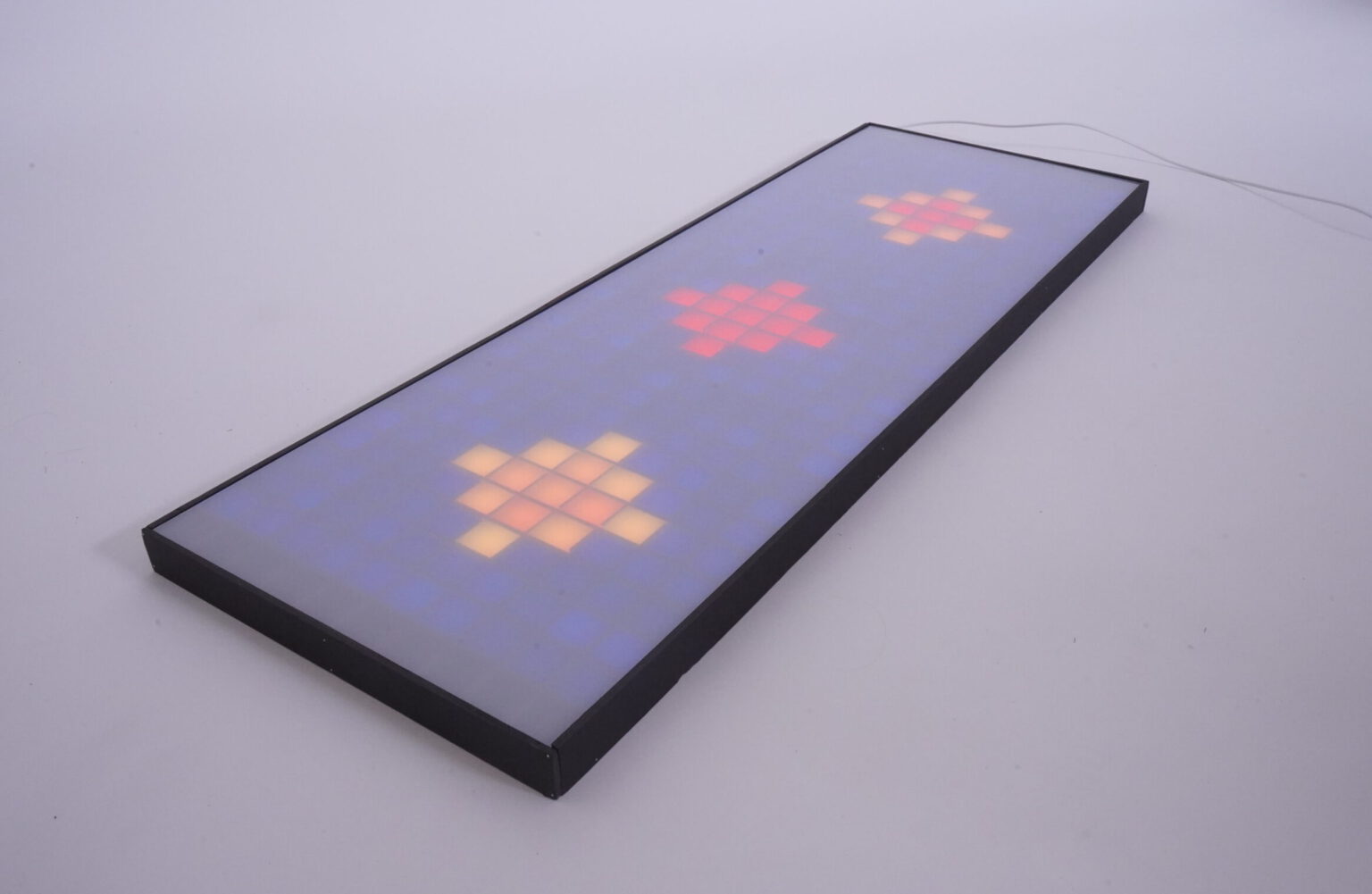
How does it work?
FairQ visualizes waiting time through interactive glowing elements embedded in the bar counterrw. As each customer enters a defined interaction zone in front of the bar, an overhead camera detects their arrival order. A corresponding element then appears in the embedded visualization, gradually growing in size and shifting from cool to warm hues as waiting time increases. These intuitive visual cues—size and color—clearly signal each customer’s place in the queue without requiring any explanation.
The system is designed to account for customers who move within the zone or temporarily look away, maintaining a fair order. If someone leaves the area entirely, their visual indicator is removed. All sensing is limited to this designated area and any data is processed locally and automatically deleted after the order is completed.
You queue at a festival bar

Another customer arrives

The situation becomes unclear and uneasy

When the bartender returns to his post, everyone knows who’s up next

Design driven by deep contextual understanding
FairQ was designed specifically for the dynamic and fast-paced setting of a festival bar—an environment that faces different challenges compared to similar bar contexts like cafés or pubs. Insights from in-depth field observations and interviews with bartenders and festival-goers were combined with academic literature on waiting psychology, particularly around perceived fairness and social dynamics. Together, they informed the system’s behavior, ensuring the design fits not only the physical, but also the emotional context.
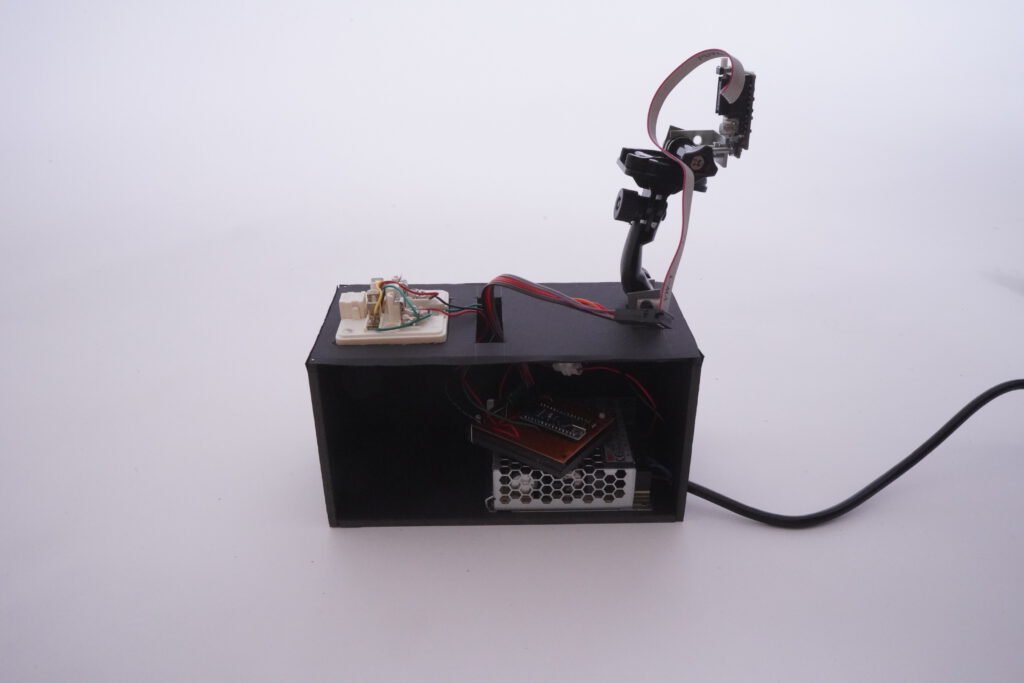
Designing and testing for two user groups
Unlike other consumer products or system-level designs, FairQ was created for two distinct user groups—bartenders and customers—who interact with it, but neither owns nor operates it directly. It had to work quietly in the background, subtly guiding interaction without demanding too much attention. This user dynamic required extensive user testing and included roleplaying sessions, interviews and scenario-based walkthroughs with both bartenders and guests.
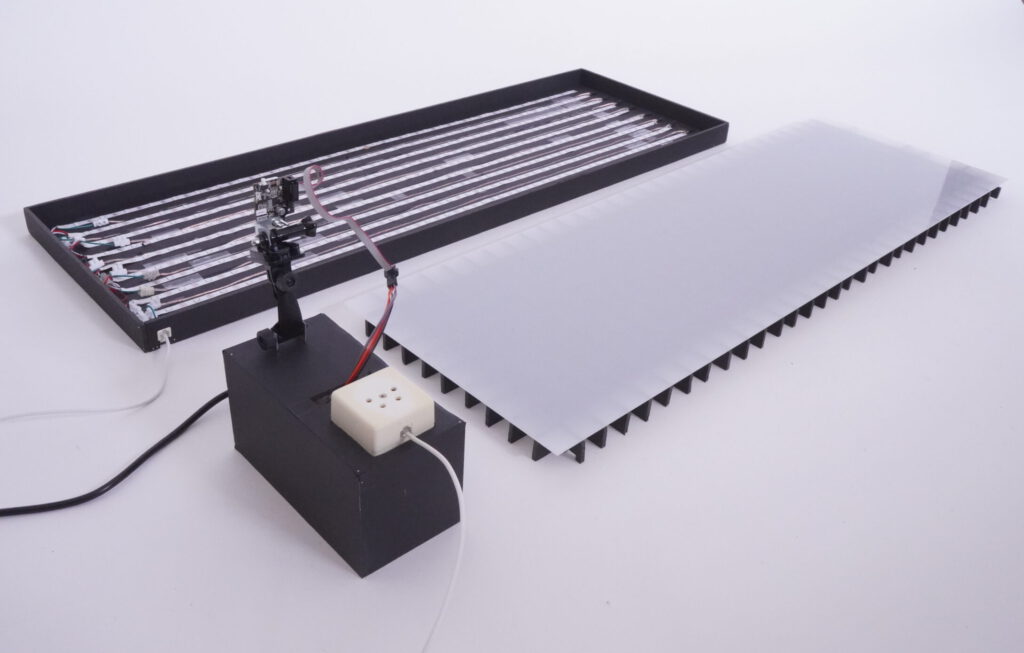

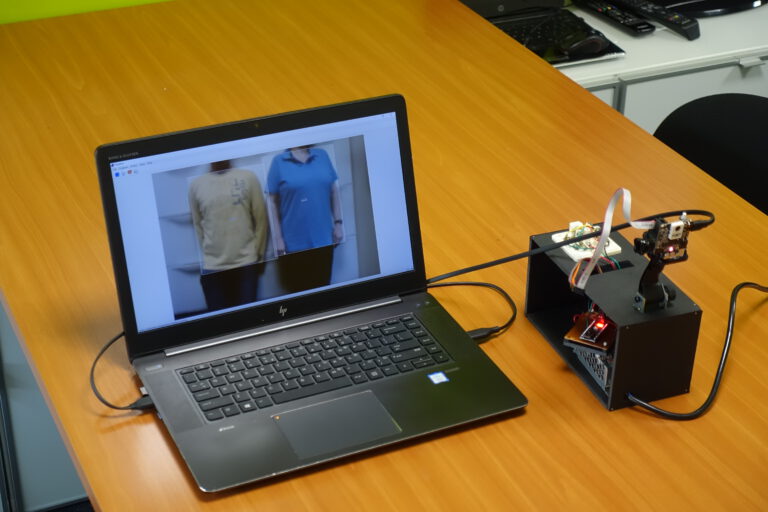
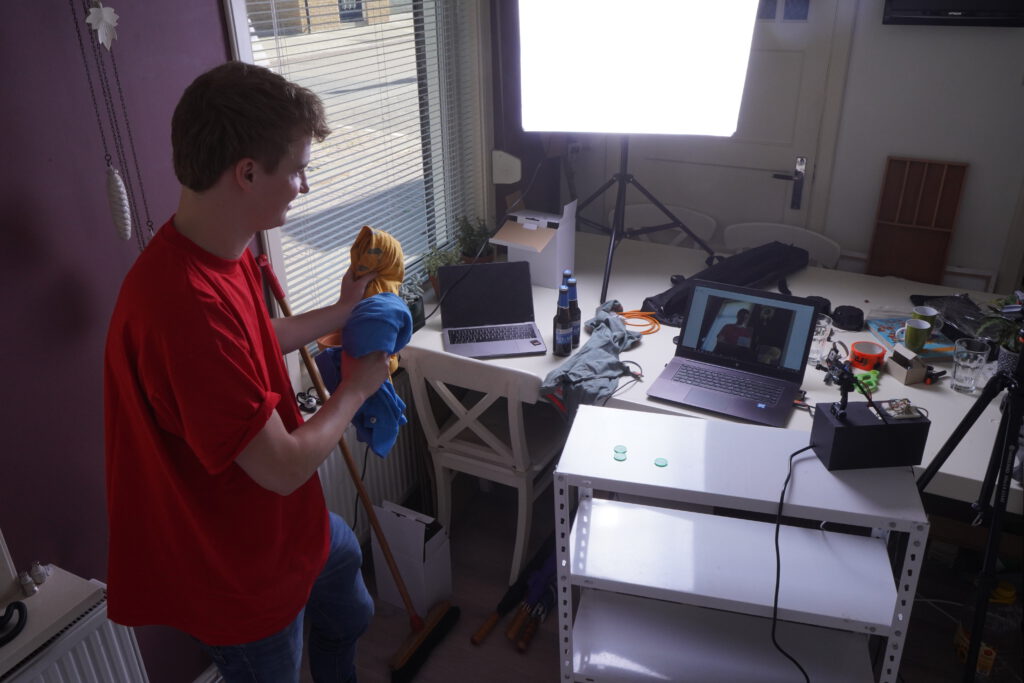
Presented across audiences and formats
Beyond development, FairQ was communicated to diverse audiences. It was showcased to a broad public at the Dutch Design Week, and later presented in a more context at a conference in South Korea, where the design was discussed from a theoretical perspective. These different settings required various formats—such as video scenarios, prototype demonstrations, posters, and presentations—all tailored to the audience’s specific perspective and expectations.
